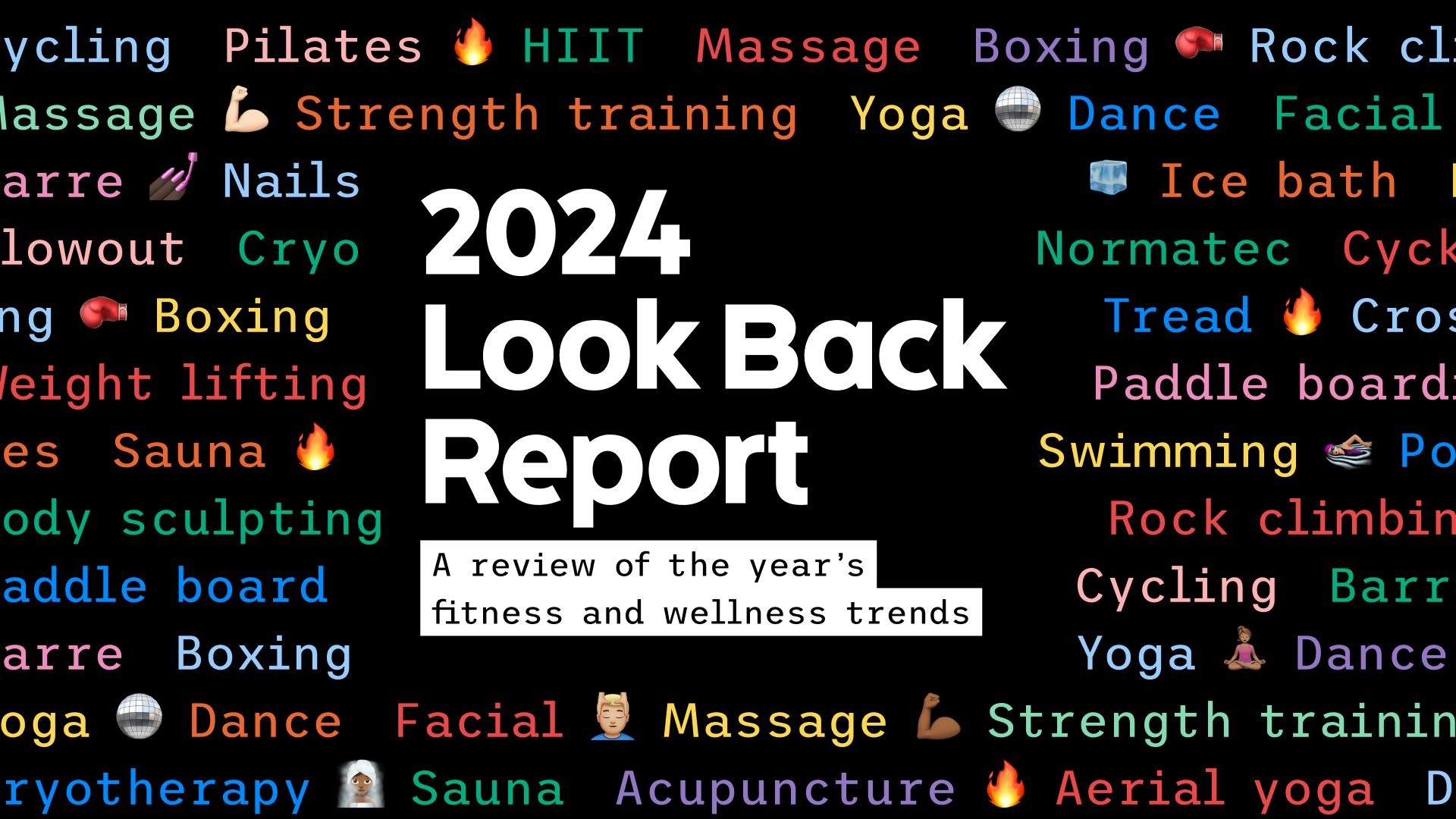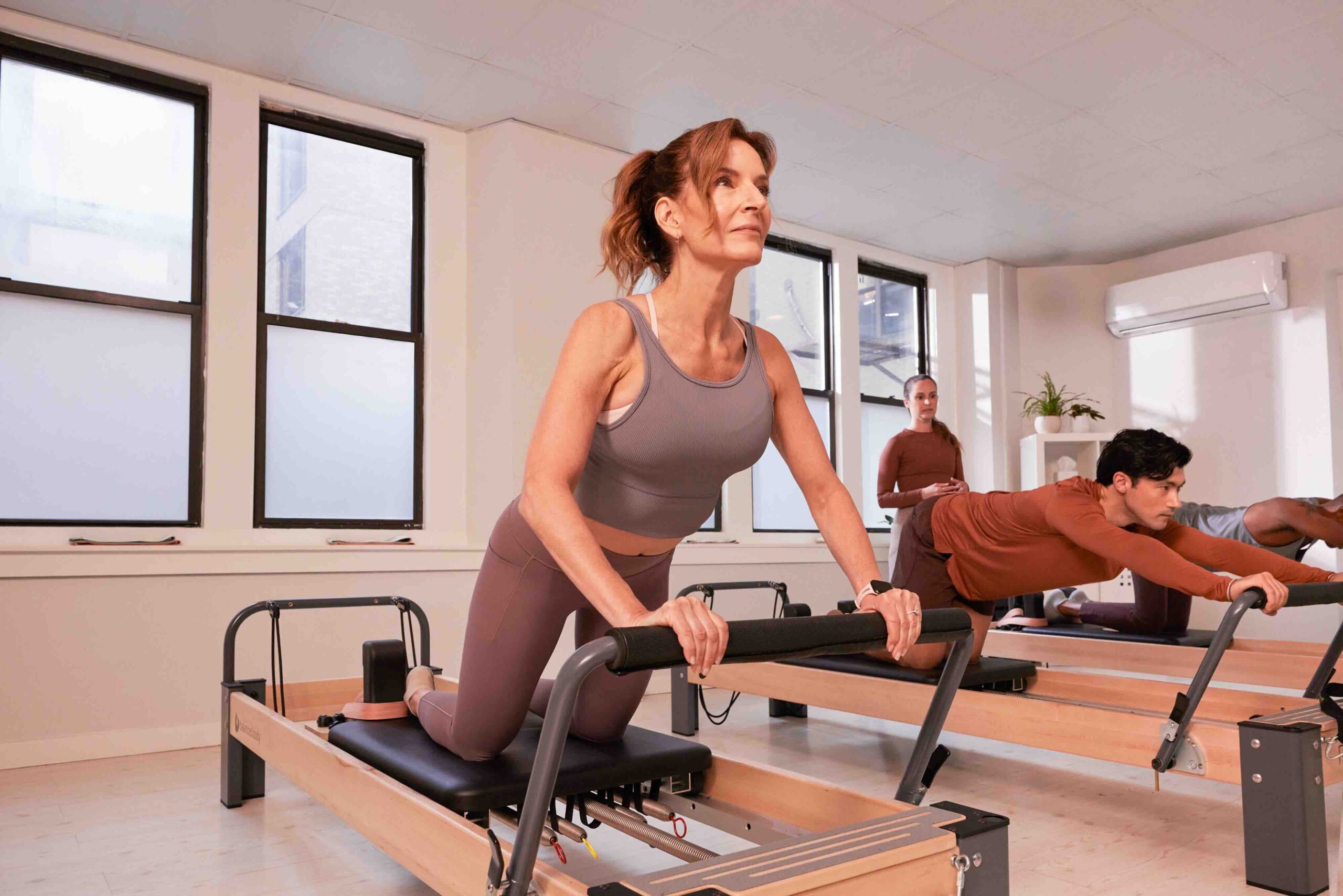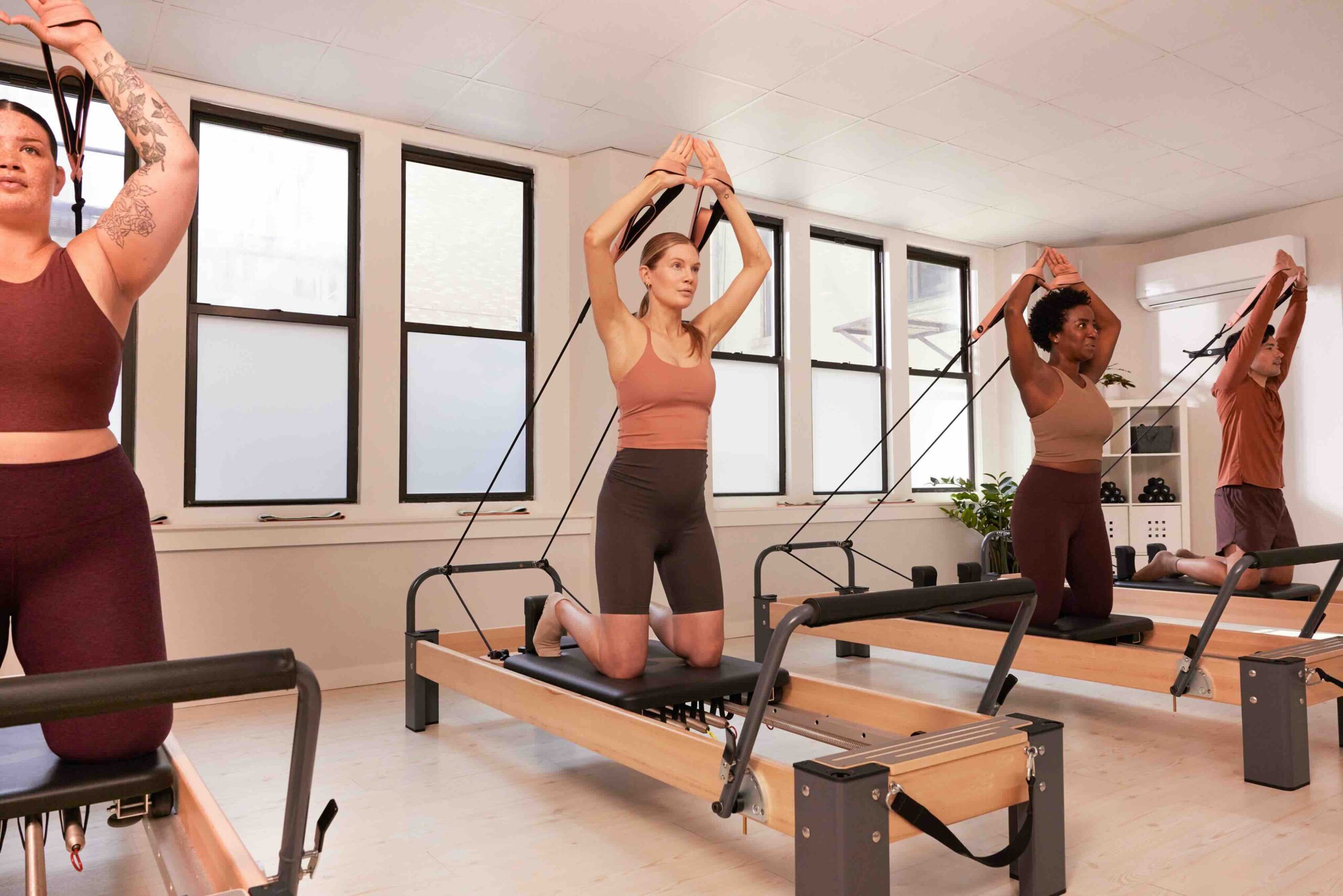Running — be it on a treadmill, on the trail or in the city streets — can strike some serious anxiety into the hearts of the uninitiated. We promise: running can be a lot of fun, once you can work through (or embrace) the burning lungs and heavy legs.
As a sport, running offers a lot of pretty excellent benefits for the body. It’s a full-body workout, activating the upper body, lower body and core; it improves strength, stability and agility; it builds cardiovascular endurance; and it can be useful for promoting a calm mindset and clear thinking.
Technically, running is a lot more than just charging headlong towards the horizon: there is technique, planning, strategy and training tools that can help make running more enjoyable and more beneficial. There are also terms and tools every seasoned runner can pull out at the drop of the phrase ‘fun run’ to demonstrate their prowess: knowing the vocabulary can help you sound (and feel) like a pro.
To give you a little burst of speed towards your running professionalism, we’ve compiled some of the must-know terms, tricks and tools that are key to feeling immersed in the sport. Grab your spandex pants, a good pair of headphones and your favorite trainers: running is about to become your new favorite way to sweat.
A
Aerobic and anaerobic: Depending on the speed and intensity of your run, your body will create movement and use energy in one of two ways. Aerobic exercise occurs when your cells use oxygen to fuel metabolism. This is the case with steady-state, longer-endurance, lower-intensity runs. Fast sprints and short pushes uphill are anaerobic, meaning your cells are temporarily using reactions that do not require oxygen. Anaerobic exercise is usually shorter in duration because the cells eventually need to switch back to the form where they receive oxygen: the fatigue and slowing down in performance you experience here is this downshifting.
B
Belt: The moving surface on a treadmill. The material, bounce and tread vary by treadmill brand. This slows down or speeds up as you adjust the speed on the console and can raise or lower as you adjust the incline.
C
Cadence: Your run cadence is akin to the beat of music or the beat of your run: it is measured in strides per minute. To calculate your cadence, run for 60 seconds and count how many times your right foot hits the ground. Double that (to account for your left foot) and that number is your cadence.
D
Doubles: The practice of running twice in a day or a “two-a-day.” These runs can take place several hours apart, like a morning and an evening run, and can vary in their style. Your morning run might be for speed and your evening run might be a longer, slower-paced endurance set. Training on recently fatigued muscles can increase strength and endurance, physically and mentally.
E
Electrolytes: The body relies on electrolytes — tiny dissolved minerals — to work well. These electrically charged compounds and minerals, like sodium, chloride, potassium, calcium and phosphorus, help produce energy and aid muscle contraction. Runners rely on electrolytes to stay balanced and hydrated during long, sweaty runs, as excessive sweating can cause the release of too many electrolytes and create an imbalance in your body, which can impact performance.
F
Foot strike: This is the term to describe how you land on your foot each time you take a step. Your foot strike affects your speed and energy consumption throughout a run: a safe, efficient foot strike uses less energy and can promote fluid movement. Some people run with a forefoot strike, while others run with a midfoot or rearfoot strike. Much of this is determined by your posture, alignment and core engagement.
G
Gels and GU: Electrolyte packets used by runners to keep up energy and electrolyte balance on long runs.
H
Hill repeats: Training exercises using incline on a real hill or a treadmill. One runs at a moderate to quick pace up the incline, then jogs down, using the downhill as a recovery. The repetition can be valuable to tax and test muscular endurance as well as test speed against resistance.
I
Interval training: A useful tool for building speed, interval training uses variable periods of intense work versus periods of rest. Theoretically, the longer the period of rest (and the shorter the period of work), the faster the pace a runner should aim for.
J
Jog: A run occurring at a pace of less than 6 miles per hour.
K
Kilometers: Metric distance often used in international racing. One kilometer is equivalent to 0.62 miles.
L
Lactic acid: Lactic acid is the byproduct of your muscles burning carbohydrates for energy. Slow to moderately-paced exercise produces low amounts of lactic acid which can be cleared easily from your tissue; however, higher-intensity, faster or longer runs cause your muscles to burn more carbs and produce more lactic acid, which, if not broken down and cleared quickly from your cells, contributes to that heavy, burning, sore, “I cannot go on” feeling. The good news is you can train your body to clear lactic acid at higher intensities more quickly. (See “steady state” below.)
M
MCL: The medial collateral ligament (MCL) is a wide, thick band of tissue that runs down the inner part of the knee from the femur to a point on the tibia about four to six inches from the knee. Its primary function is to prevent the leg from extending too far inward, but it also helps keep the knee stable and allows it to rotate. It’s commonly injured by improper running form.
N
Negative split: A split is the halfway point in a run. A negative split (which can be a good goal to aim for in speed and endurance work) is when the second half of the run or race is done at a faster pace than the first half. This is evidence of good pacing.
O
Overpronation: Pronation also occurs while standing, and in this case, pronation refers to the amount that the foot rolls inward toward the arch. Some pronation is normal. Overpronation is when the foot rolls inward toward the arch excessively and can cause various injuries.
P
Pace: Your continuous and consistent speed when running. This is usually expressed as minutes per mile.
R
Race pace: The pace (see “pace” above) at which you run a particular distance, or intend to run a particular distance, in a race setting. How fast you intend to complete a distance impacts how you train, both in terms of how much distance you cover and how much speed work you do to attain and maintain a specific consistent speed.
S
Steady state: Steady state intervals are long, sustained periods of running at or near your current lactate threshold power. These are excellent workouts to build your lactate threshold. (See “lactic acid” above.)
T
Ten-K pace: A standard for comparison in running, this is the speed at which you run a 10km distance. This is often used as a baseline for other races or for training, e.g. “run for 35 minutes at your 10-K pace.”
U
Underpronation: Also known as supination, underpronation is the outward rolling of your foot and ankle and the outer edge (pinky-toe side) of your foot bears the majority of your weight.
X
X-training: Any form of exercise that is not running that helps support your running skills. This could include swimming, cross-country skiing, cycling or rowing for cardio endurance and weight-lifting, yoga or Pilates for strength and stability. Cross-training is essential for being a well-rounded, injury-free runner.







